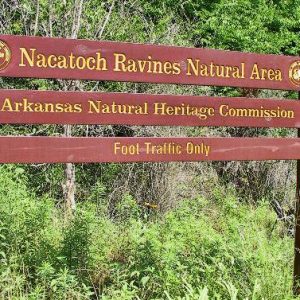 Nacatoch Ravines Natural Area
Nacatoch Ravines Natural Area
Entry Type: Place - Starting with N
 Nacatoch Ravines Natural Area
Nacatoch Ravines Natural Area
Napoleon (Desha County)
Nashville (Howard County)
 Nashville Livery
Nashville Livery
Nashville Commercial Historic District
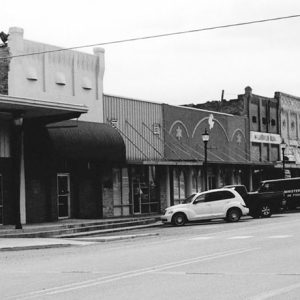 Nashville Commercial Historic District
Nashville Commercial Historic District
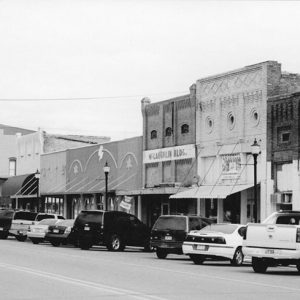 Nashville Commercial Historic District
Nashville Commercial Historic District
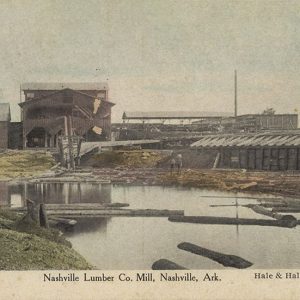 Nashville Lumber Company
Nashville Lumber Company
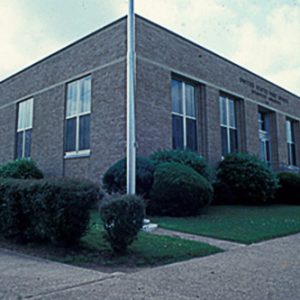 Nashville Post Office
Nashville Post Office
 Nashville Street Scene
Nashville Street Scene
 Nashville Street Scene
Nashville Street Scene
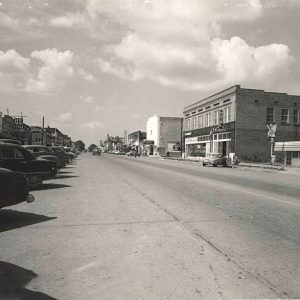 Nashville Street Scene
Nashville Street Scene
 Nashville Street Scene
Nashville Street Scene
Nathan (Pike County)
National Center for Toxicological Research (NCTR)
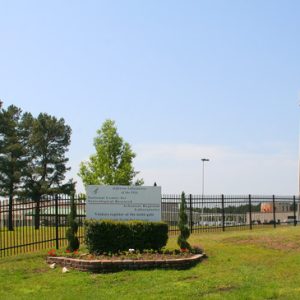 National Center for Toxicological Research (NCTR)
National Center for Toxicological Research (NCTR)
 National Center for Toxicological Research (NCTR)
National Center for Toxicological Research (NCTR)
National Park College
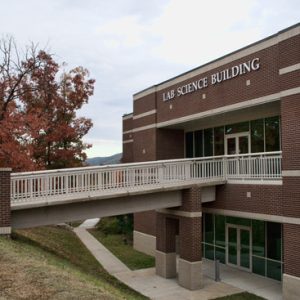 NPCC Lab Science Building
NPCC Lab Science Building
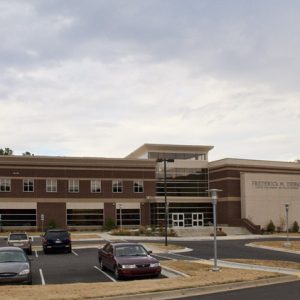 NPCC Dierks Building
NPCC Dierks Building
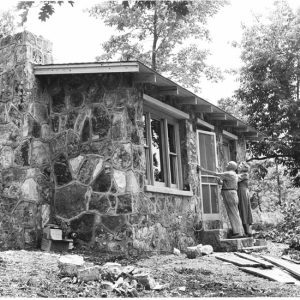 Native Stone House
Native Stone House
Natural State Golf Trail
Natural Steps (Pulaski County)
 Natural Steps
Natural Steps
Nebraska (Scott County)
Needmore (Scott County)
Nella (Scott County)
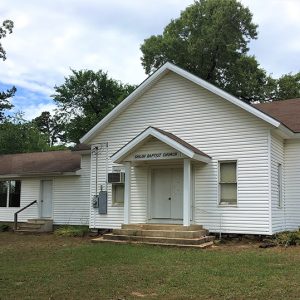 Nella Baptist Church
Nella Baptist Church
 Nella VFD
Nella VFD
Nelson, Knox
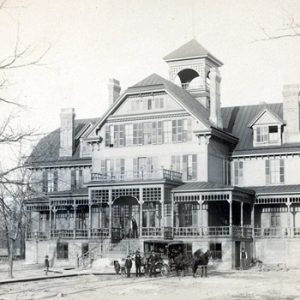 Nettleton Hotel
Nettleton Hotel
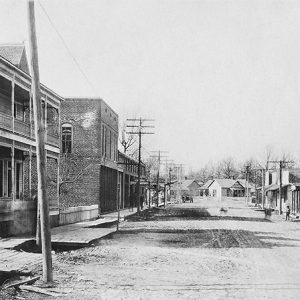 Nettleton Street Scene
Nettleton Street Scene
Neuhardt (Crittenden County)
Nevada County
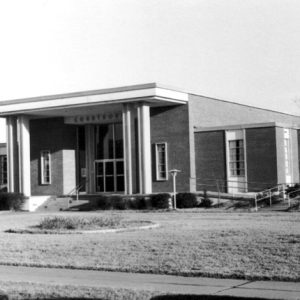 Nevada County Courthouse
Nevada County Courthouse
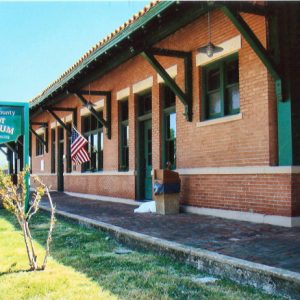 Nevada County Depot and Museum
Nevada County Depot and Museum
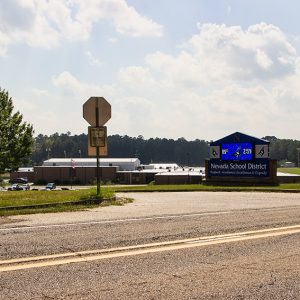 Nevada School District
Nevada School District
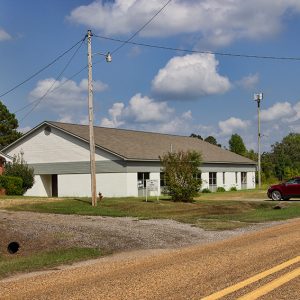 New Bethel AME Church
New Bethel AME Church
New Edinburg (Cleveland County)
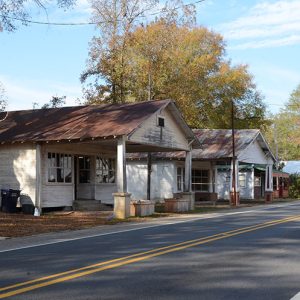 New Edinburg Commercial Historic District
New Edinburg Commercial Historic District
New Edinburg Commercial Historic District
 New Home Church
New Home Church
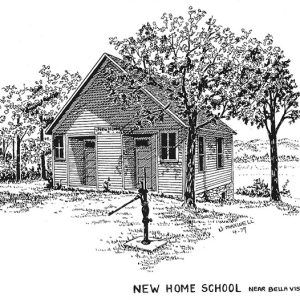 New Home School
New Home School
New London (Union County)
Newark (Independence County)
 Newark High School
Newark High School
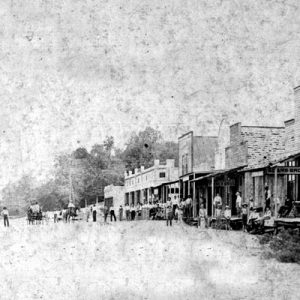 Newark Street Scene
Newark Street Scene
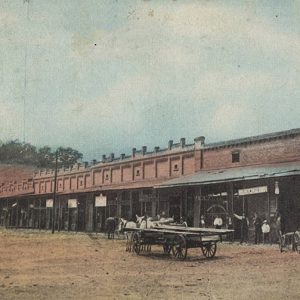 Newark Street Scene
Newark Street Scene
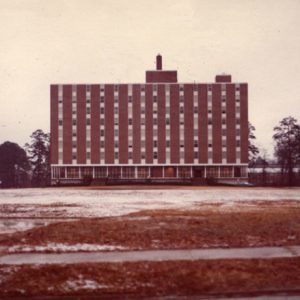 Newberry Hall
Newberry Hall
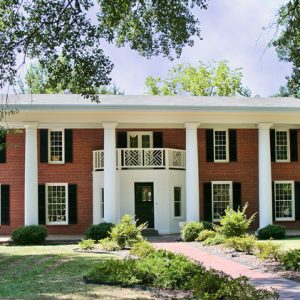 Newberry House
Newberry House




